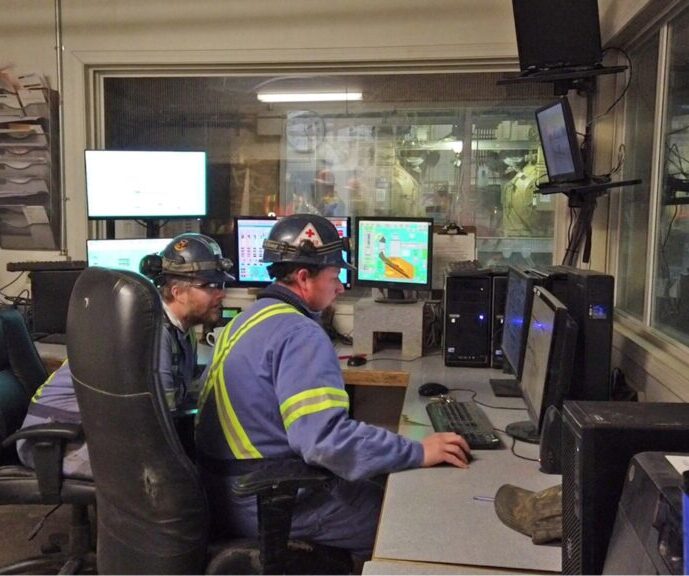Two free workshops on Human and Organizational Performance for Critical Controls were held in Kelowna on April 5 and in Prince George on May 31 to explore the human factor approach used to understand why process safety incidents occur and how they can be prevented.
These fully-booked workshops were hosted by the Wood Pellet Association of Canada’s Safety Committee, in co-operation with the BC Forest Safety Council, WorkSafeBC and media partner Canadian Biomass Magazine. Their aim was to reduce the risk of incidents by helping participants gain insight into the relationship between human actions and selected critical controls, a control that is crucial to preventing or mitigating a high consequence event. Most critical controls are of the engineered type, such as a spark detect and deluge system. Other critical controls (administrative or a blend of engineering and administrative) rely in part or entirely on worker(s) following a safe work procedure such as a hot work permit system.
WorkSafeBC facilitators Jenny Colman MSc., CRSP (Human Factors Specialist, Risk Analysis Unit) and Jennifer Fung P.Eng, CRSP (Sr. Engineer (Chemical), OHS Practice and Engineering Support) led the workshops which were offered as part of WorkSafeBC’s Process Safety Initiative. Mike Tasker and Geoff Thomson from WorkSafeBC also provided support at the workshops.
“The workshop participants learned about WorkSafeBC process safety initiative, the fundamentals of risk management as well as the types and selection of critical controls and sets the stage to start an evaluation to understand how the workers interact with the critical controls,” said the facilitators Colman and Fung. “It also provided time to discuss how a workplace could be optimized to increase opportunities for successful interaction with the controls.”
Seven Steps to Safer Operations
At the workshops, plant managers, production supervisors, safety coordinators and process specialists across the forestry industry were introduced to a 7-step process to understand where and how worker interactions can be optimized to provide assurance that critical controls will be available and reliable when needed. This process importantly involves the people that do the work to understand how the work environment may affect their ability to safely interact with the critical controls. The evaluation process considers how the features of the workplace system may influence the worker to perform the task differently than expected. This is an opportunity to learn how to enhance the workplace—making it easy to do the right thing. Validating that the change has been effective is another important step.
These workshops build on previous safety initiatives across the wood pellet sector such as bow tie analysis, critical control management and inherently safer design. To learn more, visit our new online operator training platform which includes a course on human factors and system safety.
Fahimeh Yazdan Panah Ph.D is the Director of Research and Technical Development, Wood Pellet Association of Canada

